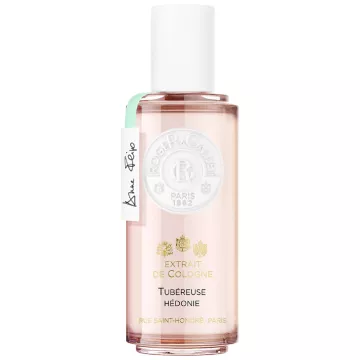
What is eau de cologne and how is it distinguished from other perfumes?
Eau de cologne is a light perfume solution that generally contains between 2% and 4% aromatic compounds in a base of alcohol and water. This type of fragrance is distinguished by its freshness and lightness, compared to eau de toilette or eau de parfum, which contain higher concentrations of aromatic compounds. Originally created in Cologne, Germany, it was originally used as a remedy and has become a popular choice for its refreshing, discreet aroma.
How do I choose a quality eau de cologne?
To choose a quality eau de cologne, it's crucial to consider the following elements:
What are the current cologne trends?
Currentcologne trends include the use of natural and eco-friendly ingredients. Many consumers are turning to products made with sustainable methods and organic components. In addition, there is a renewed interest in vintage or classic scents, updated with modern touches to appeal to both young people and long-time connoisseurs.
How to apply eau de cologne for the best olfactory experience?
For the best olfactory experience,eau de cologne should be applied to the skin after showering, while pores are still open. Pulse points, such as the wrists, behind the ears, and the neck, are ideal places for application as body heat helps diffuse the fragrance. It is advisable to avoid rubbing the eau de cologne after application to avoid breaking up the fragrance molecules.
Can eau de cologne be used all year round?
Yes,eau de c ologne can be worn all year round, but it is particularly suited to the warmer months. In summer, its light, refreshing notes perfectly complement the warmth and lightness of the atmosphere. In colder months, it can bring a sense of freshness and cleanliness, although some may prefer more robust fragrances with a heavier base in winter.
What is the origin of eau de cologne and how has it evolved over time?
Eau de cologne has its origins in 18th-century Cologne, Germany, where it was created by an Italian perfumer named Giovanni Maria Farina. Originally used as a remedy, it was known as "Eau Admirable". Over time, its popularity grew, and it became an essential element of perfumery, evolving to offer a variety of aromatic compositions and elegant bottles.
What are the main differences between eau de cologne, eau de toilette and eau de parfum?
The main differences betweeneau de cologne, eau de toilette and eau de parfum lie in their respective concentrations of aromatic compounds. Eau de cologne has the lowest concentration, generally between 2% and 4%, followed by eau de toilette with around 5% to 15%, and finally eau de parfum with a higher concentration of up to 20% to 30%. This means different olfactory intensities and different lengths of time on the skin.
What are the main olfactory families used in colognes?
Colognes can belong to a number of different olfactory families, each offering a unique aromatic palette. Among the most common olfactory families used in colognes are citrus (such as lemon and bergamot), hesperidic (citrus and herbs) and floral (citrus and herbs).s (citrus and herbs), aromatics (lavender, rosemary), florals (light flowers such as orange blossom), and woods (notes of cedar, vetiver).
Are there colognes specifically designed for men and women?
Although traditionally associated with men,cologne is unisex and can be worn by anyone who enjoys its refreshing scent. However, some brands may market colognes with more masculine or feminine notes, featuring ingredients or bottle designs that match the traditional expectations of each gender. However, the choice of cologne remains a matter of personal preference.